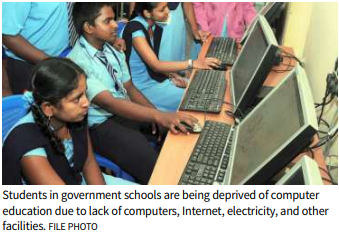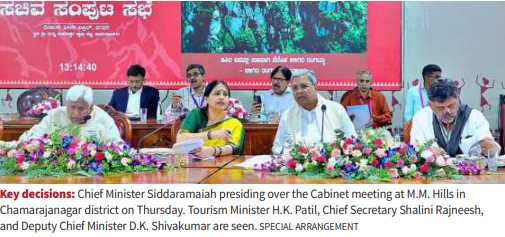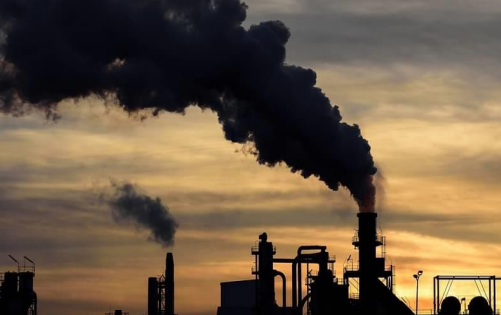Karnataka's i-Code Labs Initiative
Overview
- Announced by: Karnataka CM Siddaramaiah in State Budget 2025–26
- Implemented by: Department of School Education and Literacy (DSEL), Government of Karnataka
Objectives
- Bridge the digital divide between government and private schools
- Introduce students to computer basics, coding, and decoding
- Promote logical thinking and 21st-century skills among students from an early stage
Current Challenges
- Karnataka has around 43,000 government schools, but:
- Only 1,500 schools have fully functional computer labs
- Lack of computers, internet, electricity, and systematic teaching
- Students are deprived of computer education, unlike their peers in private schools
i-Code Labs Rollout (Phase 1)
- To start from the academic year 2025–26
Target Group: Students of Classes 6 to 10
Karnataka Cabinet Meeting – M.M. Hills (April 2025)
Location: Male Mahadeshwara Hills (M.M. Hills), Chamarajanagar District
Key Highlights & Announcements
Overall Project Funding
- Cabinet approved 78 subjects
- Total worth: ₹3,647.62 crore
- CM Siddaramaiah rebuffed opposition’s claims of fund diversion to guarantee schemes
Irrigation & Water Supply
- ₹1,787 crore for major and minor irrigation works
- ₹315 crore to address drinking water issues in the division
Human-Wildlife Conflict
- ₹210 crore allocated to mitigate human-elephant conflict in Chamarajanagar
- Rail barricades to be installed along forest borders
Health Infrastructure
- Kollegal taluk hospital to be upgraded to a 250-bed district hospital
- Cost: ₹85 crore
- Chamarajanagar already has a Govt. Medical College Hospital
Tribal Welfare
- ₹56 crore for electrification of tribal haadis (hamlets) in Chamarajanagar
₹203 crore for Scheduled Tribe welfare schemes
Namma SAFARI – Karnataka’s Low-Carbon Planning Model
Launched by: CSTEP
Date: April 25, 2025
Full Form: Sustainable, Analytical Framework for Actionable Roadmaps and Insights
Objectives
- Support data-driven, net-zero policy by 2050
- Provide an interactive dashboard for simulating policy outcomes
Key Insights
- GHG emissions can fall from 400 MT to 50 MT by 2050 with renewables and no new coal plants
- Solar pumps, millets, micro-irrigation reduce agri emissions
- Emphasis on battery/hydro storage and time-of-day tariffs
Other Key Low-Carbon Initiatives in Karnataka
- SAPCC: Climate-resilient growth in 8 sectors
- EV Policy (2021–26): EV adoption, infra & battery recycling
- Renewable Energy Policy (2022–27): Target of 10 GW solar, 1.5 GW wind
- Green Building Code: Promotes energy-efficient construction
- Smart Agriculture: Solar pumps under PM-KUSUM, millet promotion
- Urban Mobility: EV buses (FAME-II), metro, bicycle-sharing




